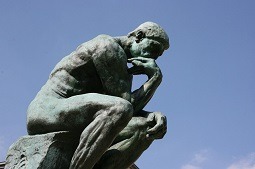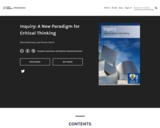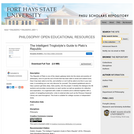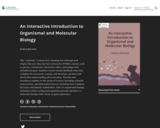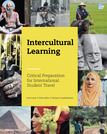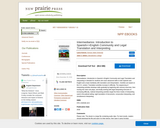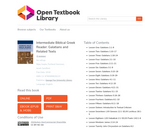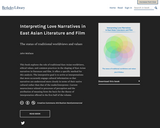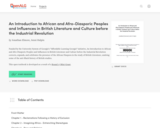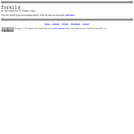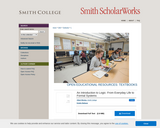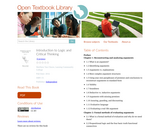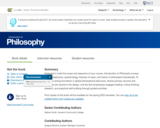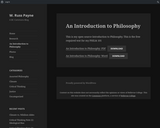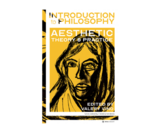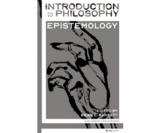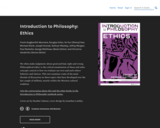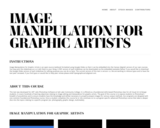
Image Manipulation for Graphic Artists is an open source textbook formatted using Google Slides so that it can be embedded into the Canvas (digital) version of our own courses. You may post the slideshows as is or edit them to your liking. A PDF version of each slideshow can be downloaded via the embedded examples below. If you would like to download the Google Slides version of each slideshow for editing purposes you can do so here. The current version of this text is version 1.0. We are working to remove typos and to have the text peer reviewed. If you find typos or would like to help peer review please email opengraphicarts@gmail.com.
This text was developed for ART 1280 Photoshop Software at Salt Lake Community College. It is offered as a foundational skills-based Photoshop class for all Visual Art & Design students. It covers hundreds of learning objectives relating to image editing and manipulation for graphic artists. The goal of this course is to expose students to Photoshop’s breadth of possibilities and to ensure students have the knowledge and skillset necessary to properly prepare images for various output methods. Our programs are designed with one common foundational Photoshop course. Once a student completes this course he or she continues on to a program specific advanced Photoshop course that takes a deeper dive into the topics relating to a specific program (ex- photography, graphic design, multimedia).
- Subject:
- Arts and Humanities
- Graphic Arts
- Material Type:
- Textbook
- Provider:
- Salt Lake Community College
- Provider Set:
- Open Graphic Arts
- Date Added:
- 09/20/2022
